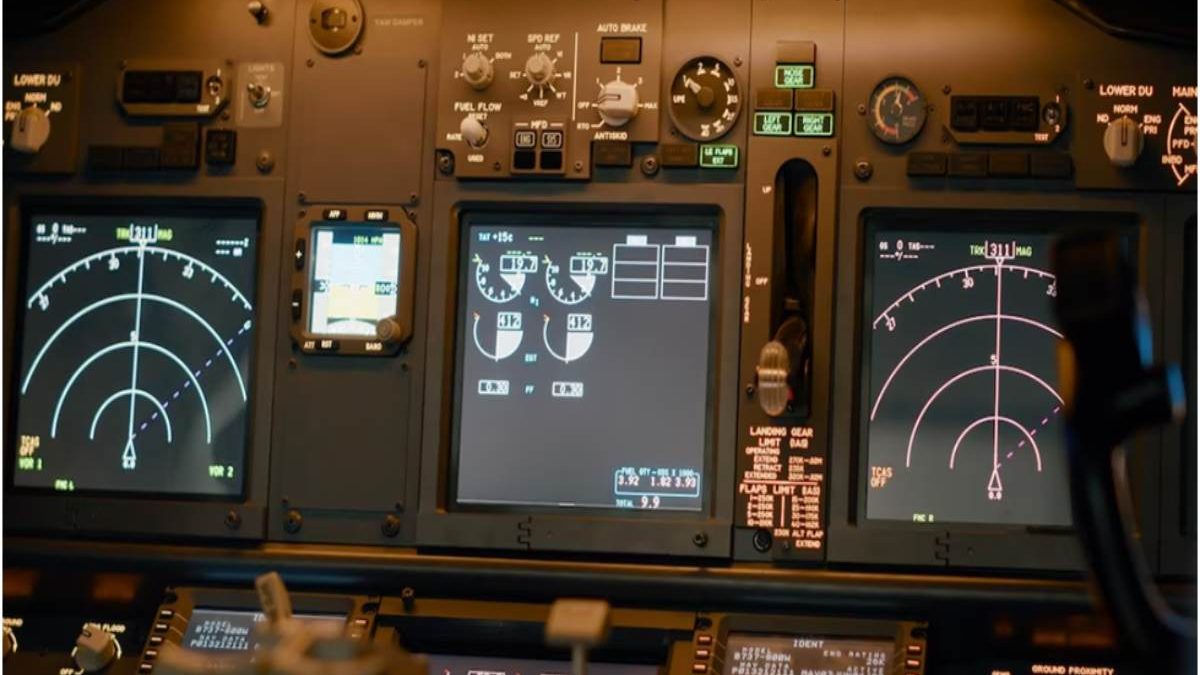Flight sim panels are hardware devices that replicate the controls and instruments of a real aircraft cockpit. They can be used to enhance the realism and immersion of flight simulation games, and can also be used by student pilots to train for their real-world flying lessons.
Flight sim panels come in a wide variety of shapes, sizes, and prices. Some panels are designed to be used with specific flight simulation software, while others are more universal. Some panels are basic and only include a few essential controls, while others are more complex and consist of a wide range of instruments and controls.
Some of the most common types of flight sim panels include:
- Yoke and rudder pedals: These controls are used to steer the aircraft.
- Instrument panel: This panel contains the aircraft’s primary flight instruments, such as the altimeter, airspeed indicator, and attitude indicator.
- Throttle quadrant: This control is used to control the aircraft’s engines.
- Switch panel: This panel contains a variety of switches that control various aircraft systems, such as the landing gear, radios, and navigation equipment.
Flight sim panels can be used to control a variety of different aircraft, including general aviation aircraft, airliners, and military aircraft. Some panels are designed to be specific to a particular type of aircraft, while others are more universal.
They can be connected to a computer using a variety of diverse interfaces, including USB, serial, and Ethernet. Once the panel is connected, the user can calibrate it to ensure that the controls and instruments are functioning properly.
Flight sim panels can be used with a variety of different flight simulation software, including Microsoft Flight Simulator, X-Plane, and Prepar3D. Some panels are designed to work with specific flight simulation software, while others are more universal.
Flight sim panels can be a great way to improve the realism and immersion of flight simulation games. They can also be used by student pilots to train for their real-world flying lessons. Furthermore, to get more details about the flight panels you can check on virtual fly for your assistance.
Here are some of the benefits of using flight sim panels:
- Increased realism and immersion: They can help to create a more realistic and immersive flight simulation experience. By physically interacting with the controls and instruments, users can feel like they are actually flying an airplane.
- Improved accuracy and precision: It provides users with more accurate and precise control over their aircraft. This can be especially helpful when flying in challenging conditions or when performing complex maneuvers.
- Reduced training costs: It can be used by student pilots to train for their real-world flying lessons. This can help to reduce the cost of training and improve the student’s skills before they ever step into a real airplane.
If you are interested in purchasing a flight sim panel, there are a few things to keep in mind:
- Compatibility: Make sure that the panel is compatible with your flight simulation software and computer.
- Features: Consider the features that are important to you, such as the type of controls and instruments included, the price, and the build quality.
- Price: Flight sim panels can range in price from a few hundred dollars to several thousand dollars. So, you need to set a budget before you start shopping.
After considering all of these factors, you can start shopping for a flight sim panel. There are a number of different retailers that sell flight sim panels, both online and in-store.
Final Words
If you are serious about flight simulation, investing in a flight sim panel can be a great way to improve your experience. Flight sim panels can provide you with more realism, immersion, accuracy, and precision.

